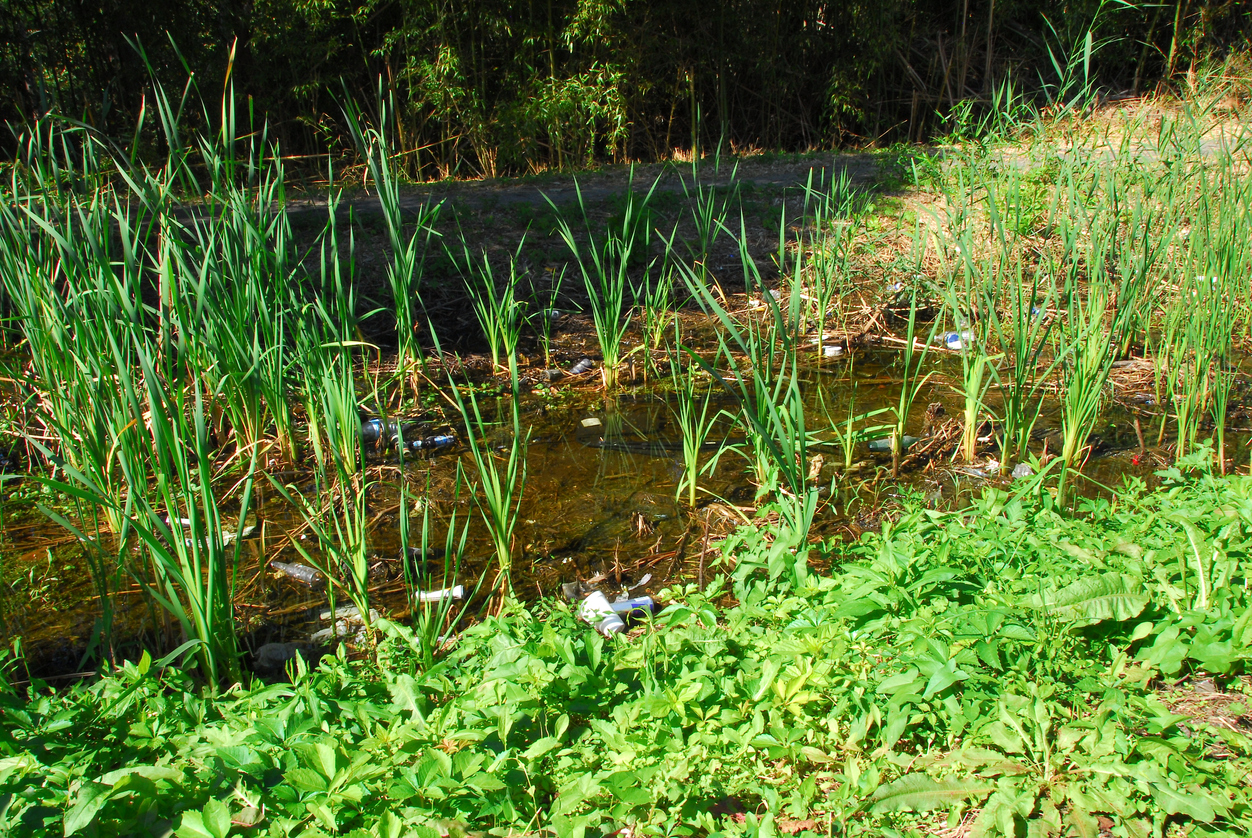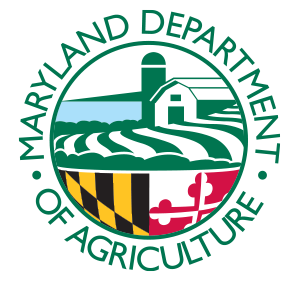
Trash and debris found in the Chesapeake Bay
Protecting and Preserving Our Watersheds
Grades 3-5
Wherever you live, you live in a watershed. The Chesapeake Bay watershed is made up of thousands of smaller watersheds drained by streams and rivers that crisscross the land and eventually flow into the Chesapeake. Human activities have had harmful effects on these watersheds. However, there are ways to protect and preserve our watersheds from greater harm. This lesson addresses how we can do that.
Teacher's Guide and Related Standards
I can describe ways in which I can take action to protect and preserve our local watersheds.
- Why is it important to protect and preserve the Chesapeake Bay and Maryland watersheds?
- What are ways in which we can take action to protect and preserve the Chesapeake Bay and Maryland watersheds?
- How do local farming practices affect the health and preservation of the Chesapeake Bay?
Video Clip
- What is riprap and what is its purpose?
- What are riparian buffers and how do they help preserve the Chesapeake Bay?
- What connections exist between farming practices and the health of the Chesapeake Bay?
Vocabulary
Supplemental Enrichment Activities
Students will use the Maryland Agricultural Education Foundation activity to learn about wetlands habitat and identify animals that live in local wetland areas. They can also watch a short video to explore wetlands habitat.
Eight Ways to Help Save the Chesapeake Bay
Read the Chesapeake Bay Program article and have students select one of the eight mentioned ways humans can help protect the Chesapeake Bay. Students should make a poster or infographic to present to the class, providing more detailed information on this particular way humans can work to help protect and preserve the Bay.
Have students go through the interactive and explain the ways in which we can protect and preserve our watershed at each of the following levels:
- On the Farm
- In the Barnyard
- At Home
- In the Garden
- In Your Neighborhood
- At School
- In the Watershed
Career Connections
This learning resource is a production of Maryland Public Television/Thinkport, in partnership with the Maryland Department of Agriculture.
Funding support is provided by a grant from the Chesapeake and Atlantic Coastal Bays Trust Fund.


